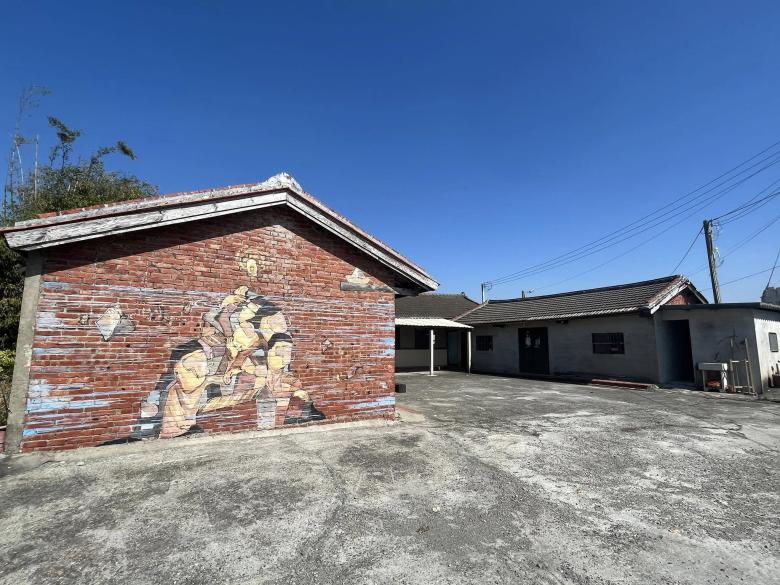
Promoting Satoumi Community Co-Management through Resilience Assessment: A Case Study of Chenglong Wetlands (Nantou, Taiwan)
Located along the western coast of Taiwan, Chenglong Wetlands was originally farmland. Since 1986, multiple typhoons have caused levee breaches and seawater intrusion, leading to farmland abandonment and its gradual transformation into grassy wetlands. Through joint efforts by the government, academia, civil groups, and local communities, the wetlands have been preserved as habitats, for water purification, and for disaster prevention. Environmental education and art have further revitalized community culture, creating a landscape that blends human and natural elements.
The Nantou Branch of the Forestry and Nature Conservation Agency introduced the concept of Socio-ecological Production Landscapes and Seascapes (SEPLS) and organized resilience assessment workshops (RAWs) centered on community residents. These workshops assessed environmental, economic, and social resilience, clarified key local issues, and explored ways for economic activity and ecological conservation to coexist, embodying the spirit of a Satoumi community.

